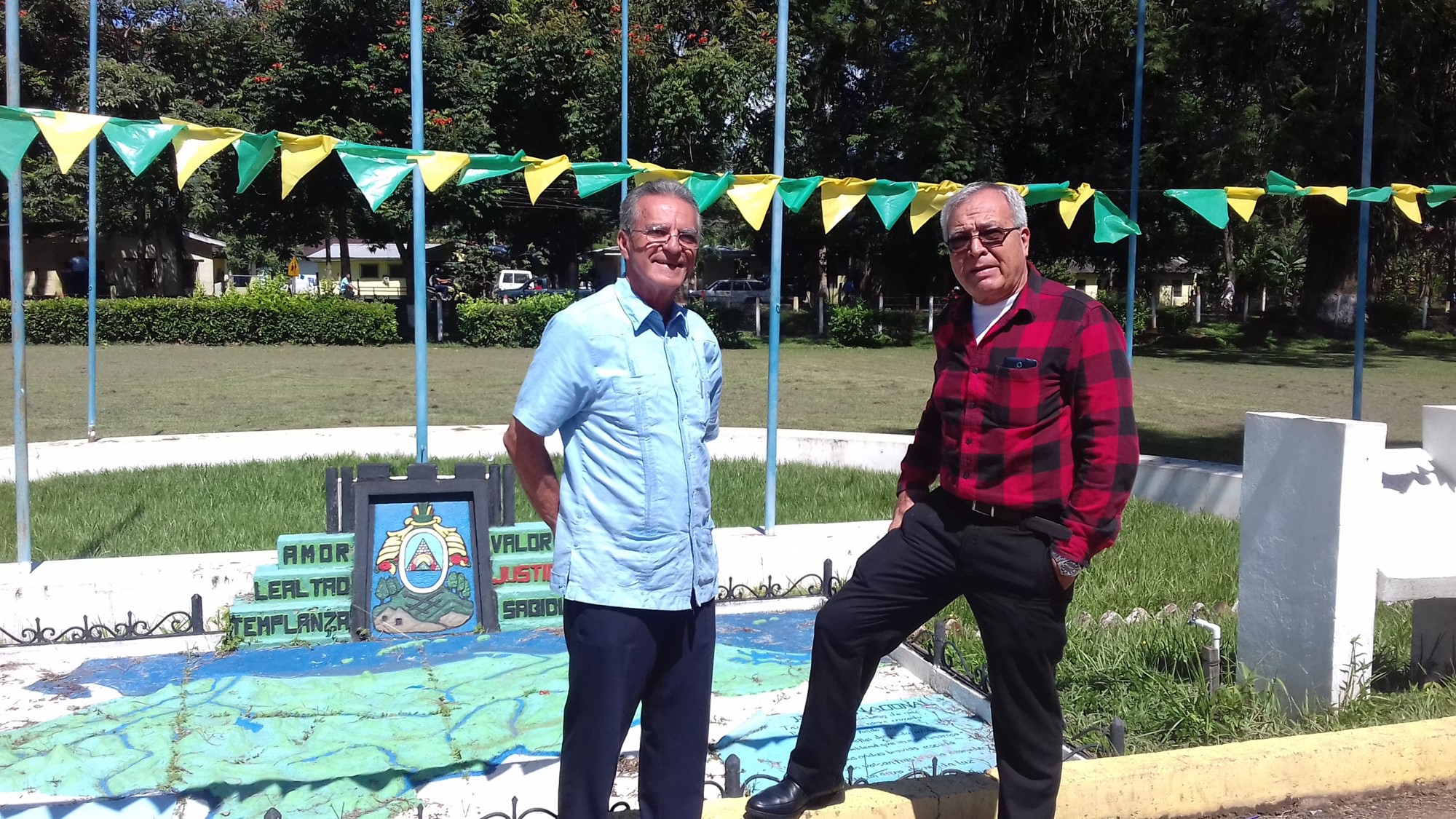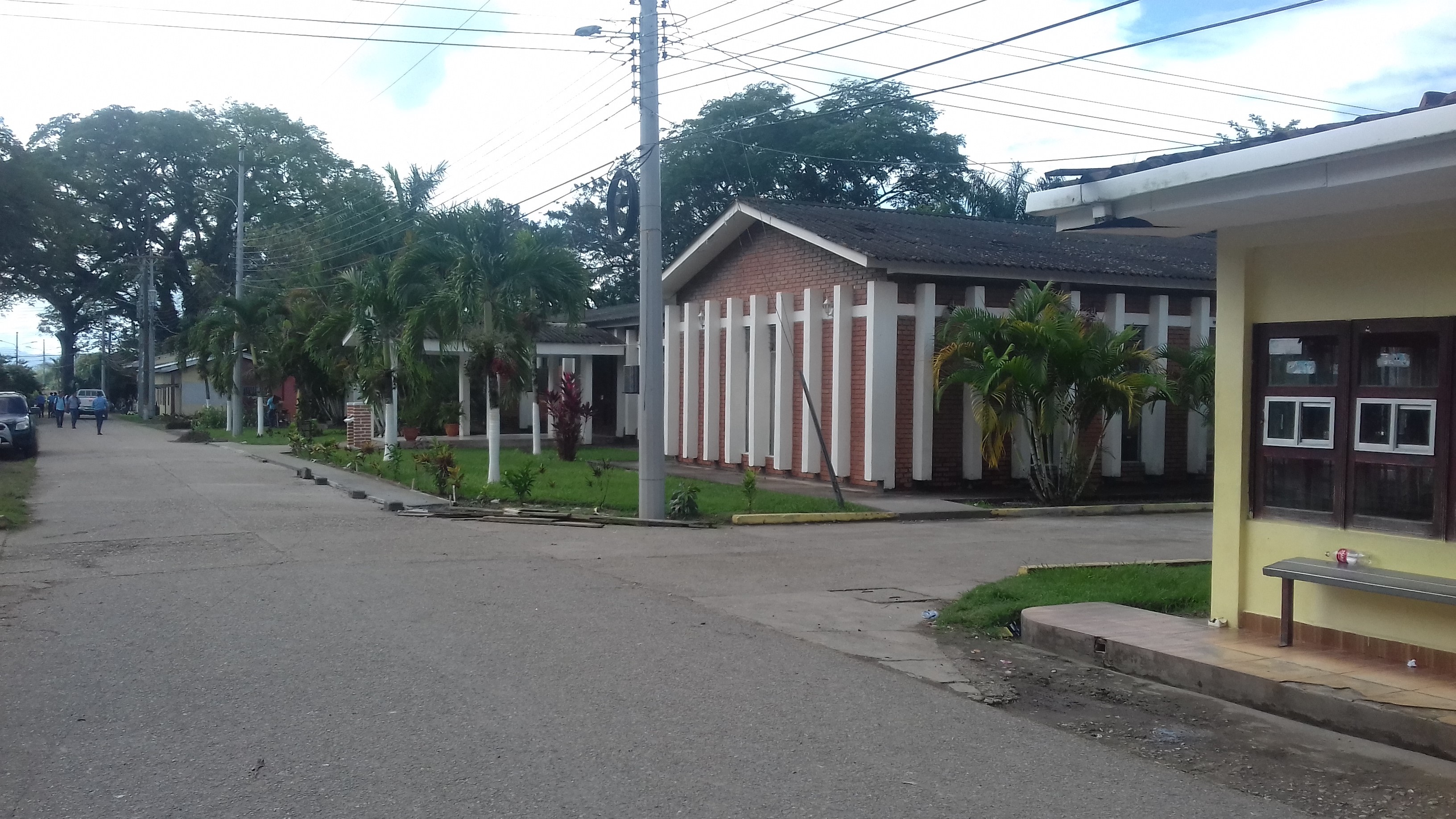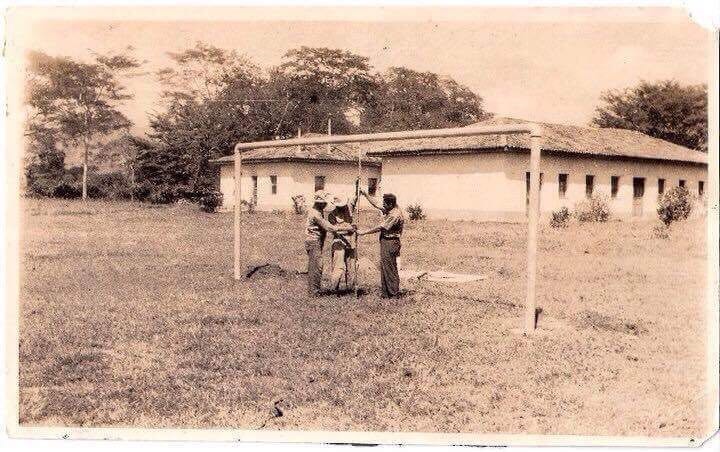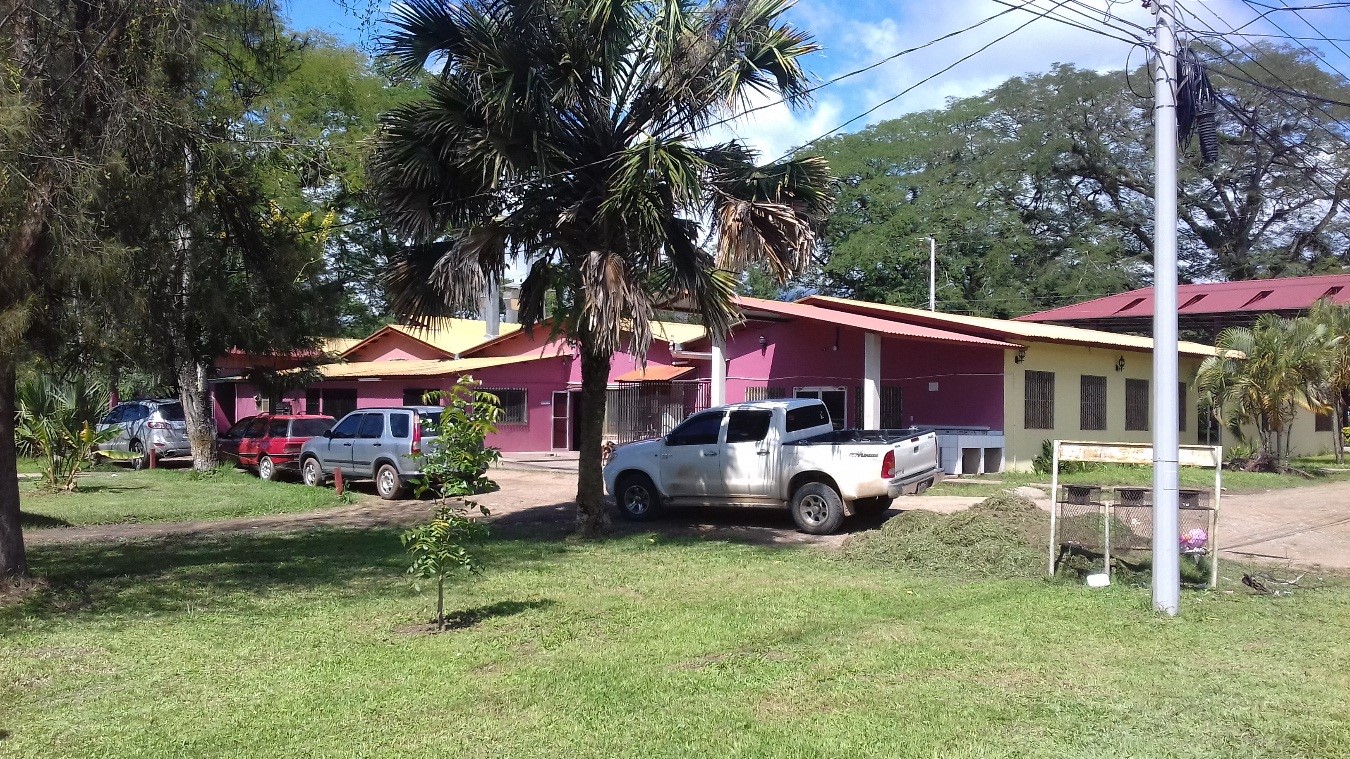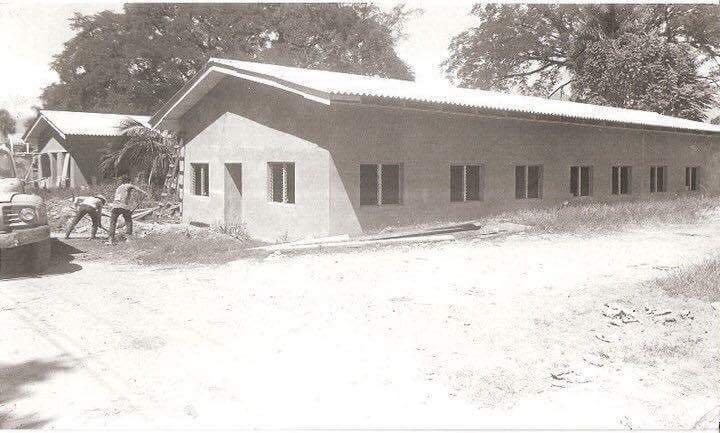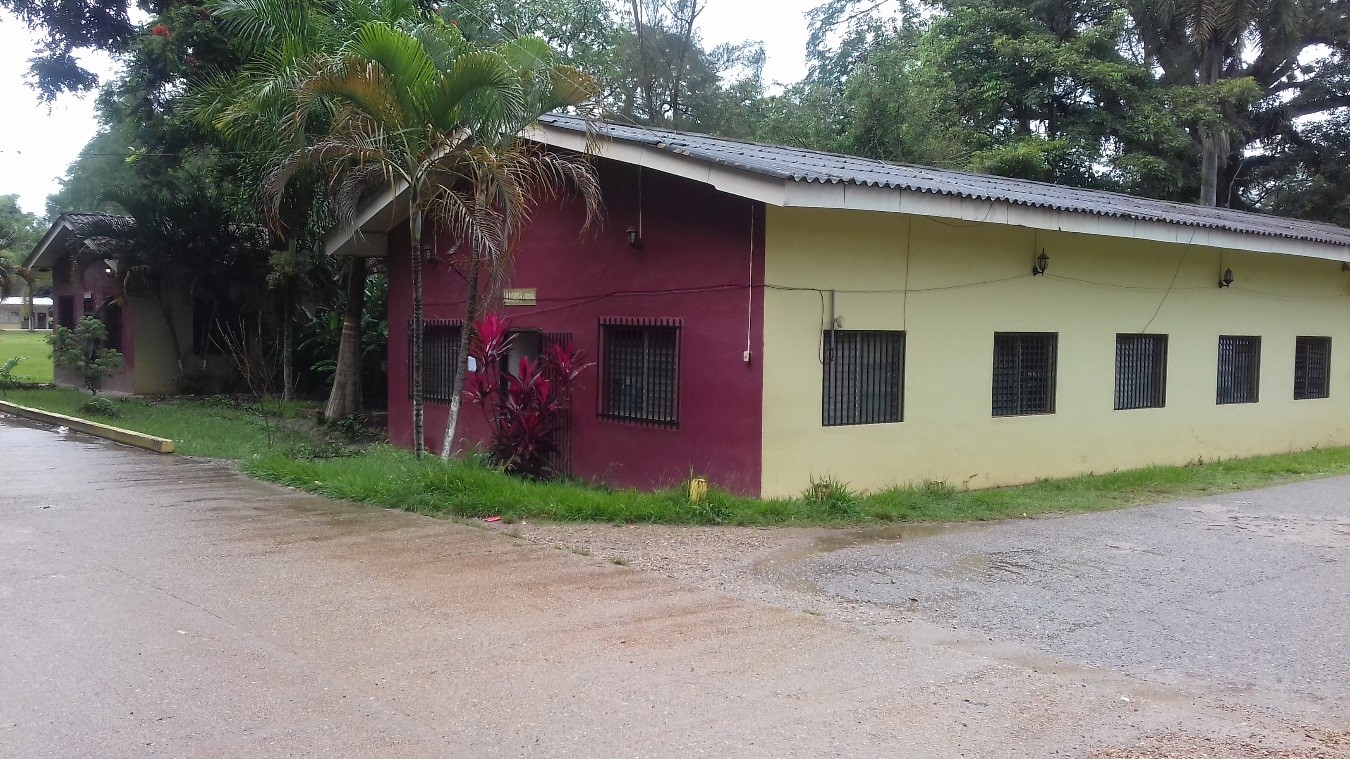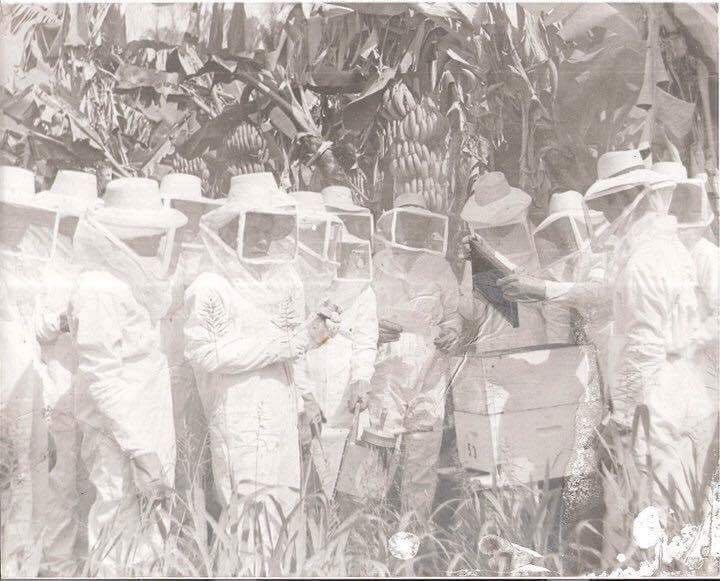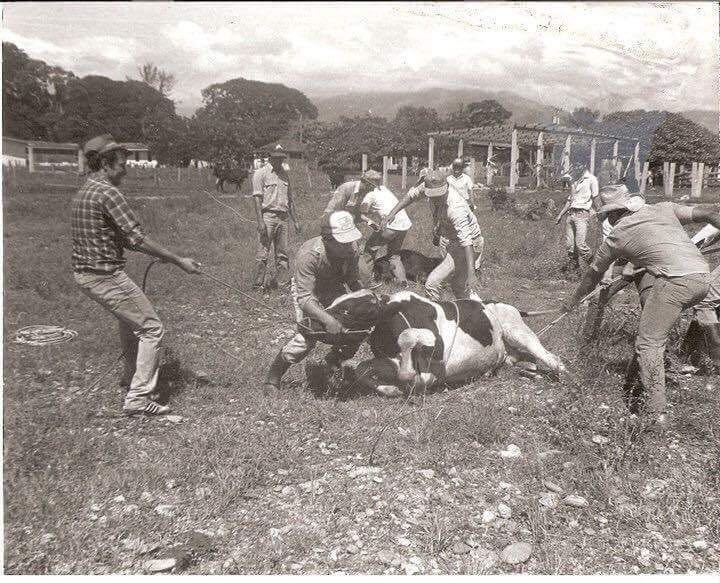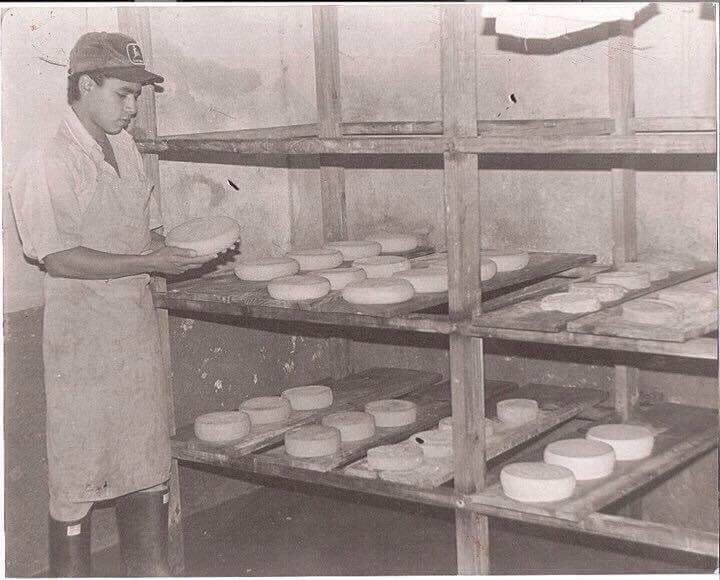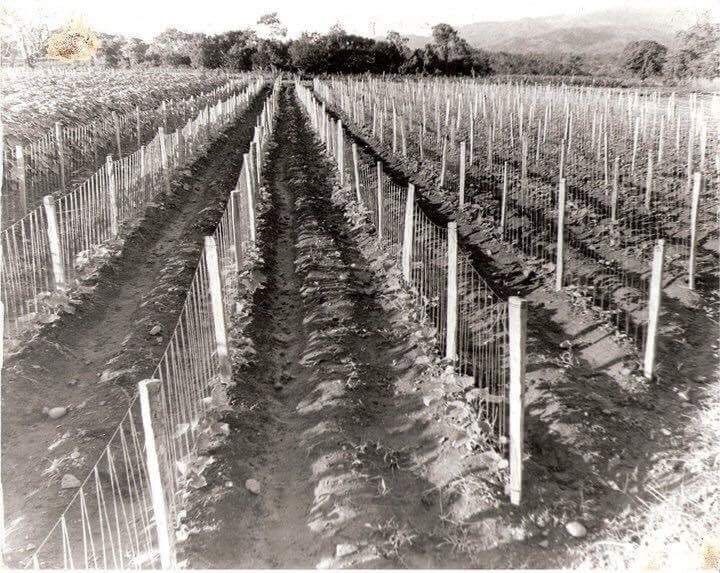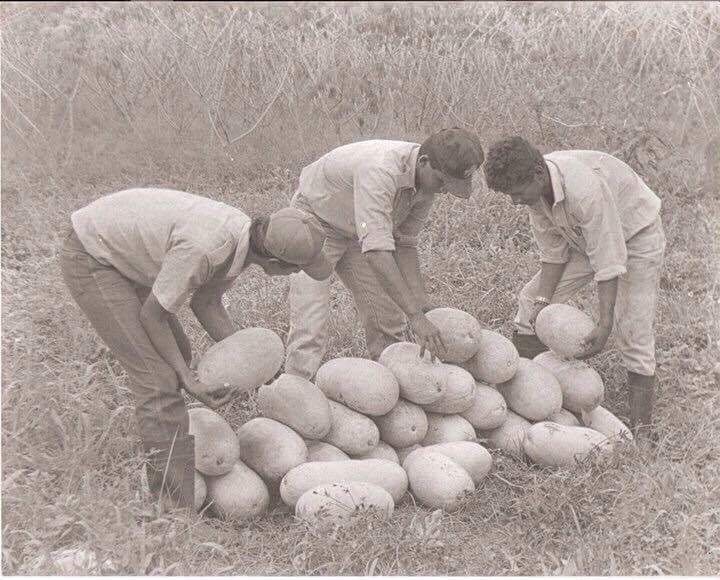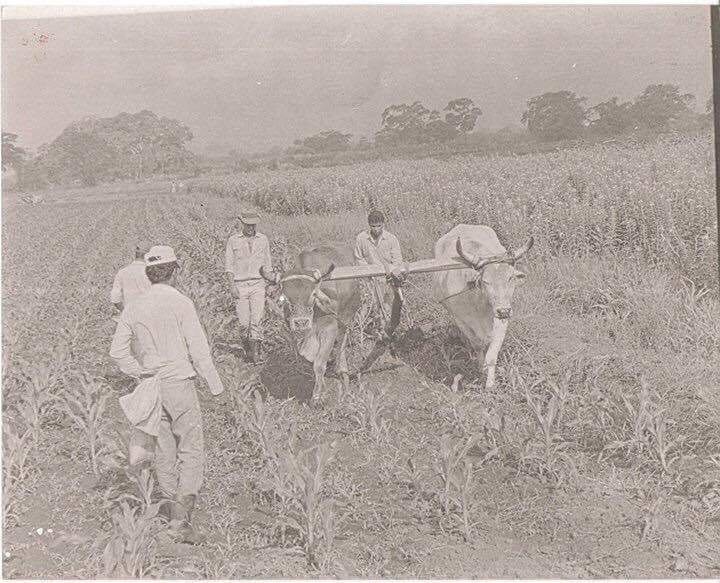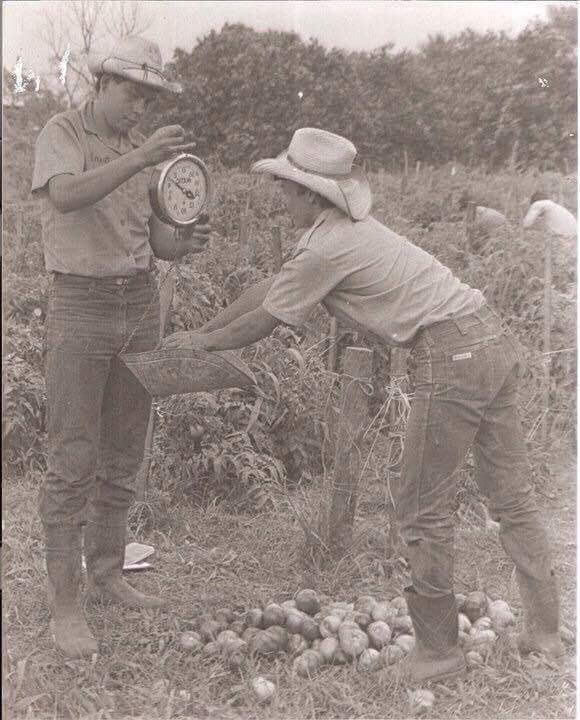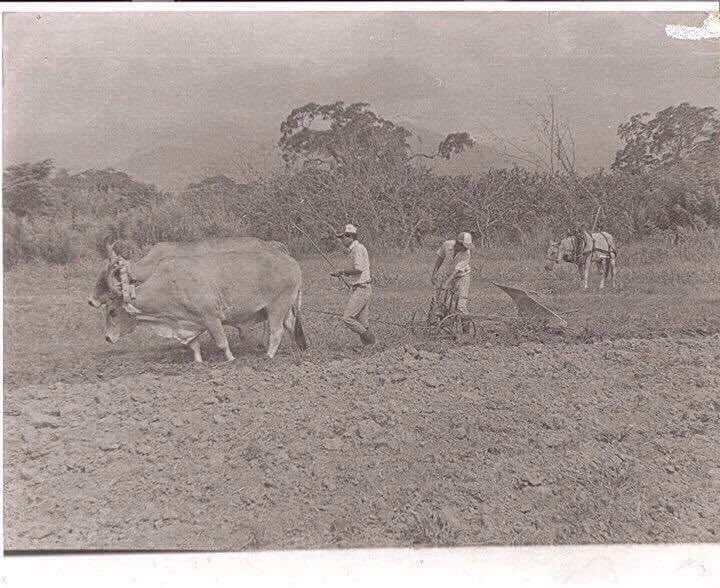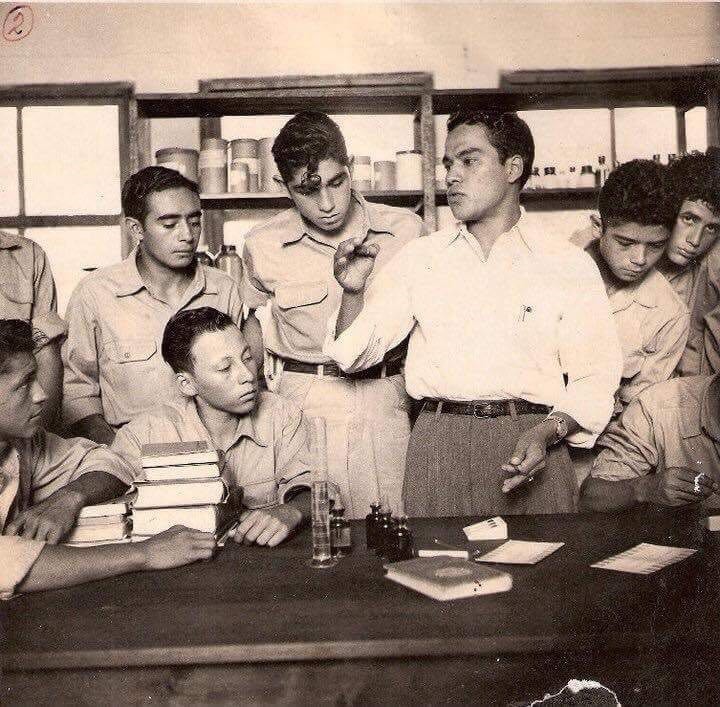Naturaleza jurídica
La Universidad Nacional de Agricultura es una comunidad académica integrada por estudiantes, docentes, graduados y personal administrativo y de apoyo que asume la educación superior como derecho fundamental y un servicio público esencial.
La Universidad Nacional de Agricultura tiene como fines primordiales la gestión del conocimiento para contribuir a desarrollar el sector agrícola nacional y afines en su multidimensionalidad: tierra, agua, mar, aire; mediante la formación humanista, científica y tecnológica, la generación y
difusión de conocimientos, así como la realización de actividades de vinculación con la sociedad, con una clara conciencia de la naturaleza multicultural y compleja de la nación hondureña.
Estas actividades son desarrolladas en un marco de mejora continua, con enfoques multi, inter y transculturales, y con principios éticos y de responsabilidad social y ambiental que orientan la búsqueda de la calidad y pertinencia con equidad para el cumplimiento de su misión.
Orígenes
La Universidad Nacional de Agricultura tiene sus orígenes en la Escuela Granja Demostrativa creada mediante Decreto Legislativo No. 35 del 20 de enero de 1950 del Congreso Nacional de Honduras, la cual cambió su denominación a Escuela Nacional de Agricultura a partir del año de 1968.
Su conversión a Universidad fue autorizada por el soberano Congreso Nacional de la República mediante Decreto No. 192-2001 de fecha 01 de noviembre del 2001 y publicado en el Diario Oficial La Gaceta con fecha 06 de diciembre del 2001. Para todos los efectos legales aplicables, la Universidad Nacional de Agricultura sustituye a la Escuela Nacional de Agricultura.
La creación, organización y funcionamiento de la Universidad Nacional de Agricultura fue aprobado por el Consejo de Educación Superior mediante Acuerdo 1058-153-2002 del 02 de diciembre de 2002.
Un poco de historia
En aquel entonces (1950), el presidente de Honduras era el Doctor Juan Manuel Gálvez, que junto a la iniciativa de un grupo de ciudadanos del departamento de Olancho, liderados por Don Alberto Díaz Osorio Q.E.P.D., Don Vicente Alemán y otros, sancionó el decreto No. 35, que le dio vida a la Escuela Granja Demostrativa.
Los servicios académicos se abrieron en el mes de mayo de 1952, contando con el soporte financiero del Servicio Cooperativo Interamericano de Educación (SCIDE) por intermedio del STICA, Proyecto Cooperativo de la Secretaría de Agricultura, cuyo titular era el Ingeniero Benjamín Membreño Marín, cuyo nombre se le dio al edificio H Grande de la institución.
En 1968, la Escuela cambia su denominación por el de Escuela Nacional de Agricultura (ENA) y pasa a la tutela del Ministerio de Educación Pública, con un nuevo nivel académico: Bachiller en Ciencias Agrícolas, el que podía ser obtenido después de cursar tres años de estudios, con el requisito de ingreso de ciclo común general.
En febrero de 1978, mediante Decreto No. 587, el Estado en Consejo de Ministros acuerda elevar el nivel académico de la ENA a superior no universitario. Con este nivel académico se otorgaba el título de Agrónomo mediante un plan de estudios diseñado para tres años, exigiéndose un título de educación media como requisito de ingreso.
De 1979 a 2001, la ENA depende de la Secretaría de Recursos Naturales (hoy Secretaría de Agricultura y Ganadería).
Actualmente es una institución descentralizada del Estado de Honduras, categoría que fue adquirida mediante Decreto Legislativo No. 192-2001.
En 1994, por Decreto No. 200-58-94 , la ENA se incorpora al sistema de educación superior, otorgando desde entonces el título de Ingeniero Agrónomo en el grado de Licenciatura. Este plan de estudios se completa en cuatro años.
En el año 2002, mediante decreto 192-2001, la ENA pasa a llamarse Universidad Nacional de Agricultura (UNA), una institución de educación superior con autogobierno dedicada a la formación de profesionales en ciencias agropecuarias y afines.
Actualmente la UNA cuenta con cinco carreras universitarias:
- Ingeniería Agronómica
- Ingeniería en Gestión Integral de los Recursos Naturales y Ambiente
- Ingeniería en Tecnología Alimentaria
- Medicina Veterinaria
- Administración de Empresas Agropecuarias
- Ingeniería en Zootecnia
- Licenciatura en Economía Agraria
- Ingeniería en Agroexportación

